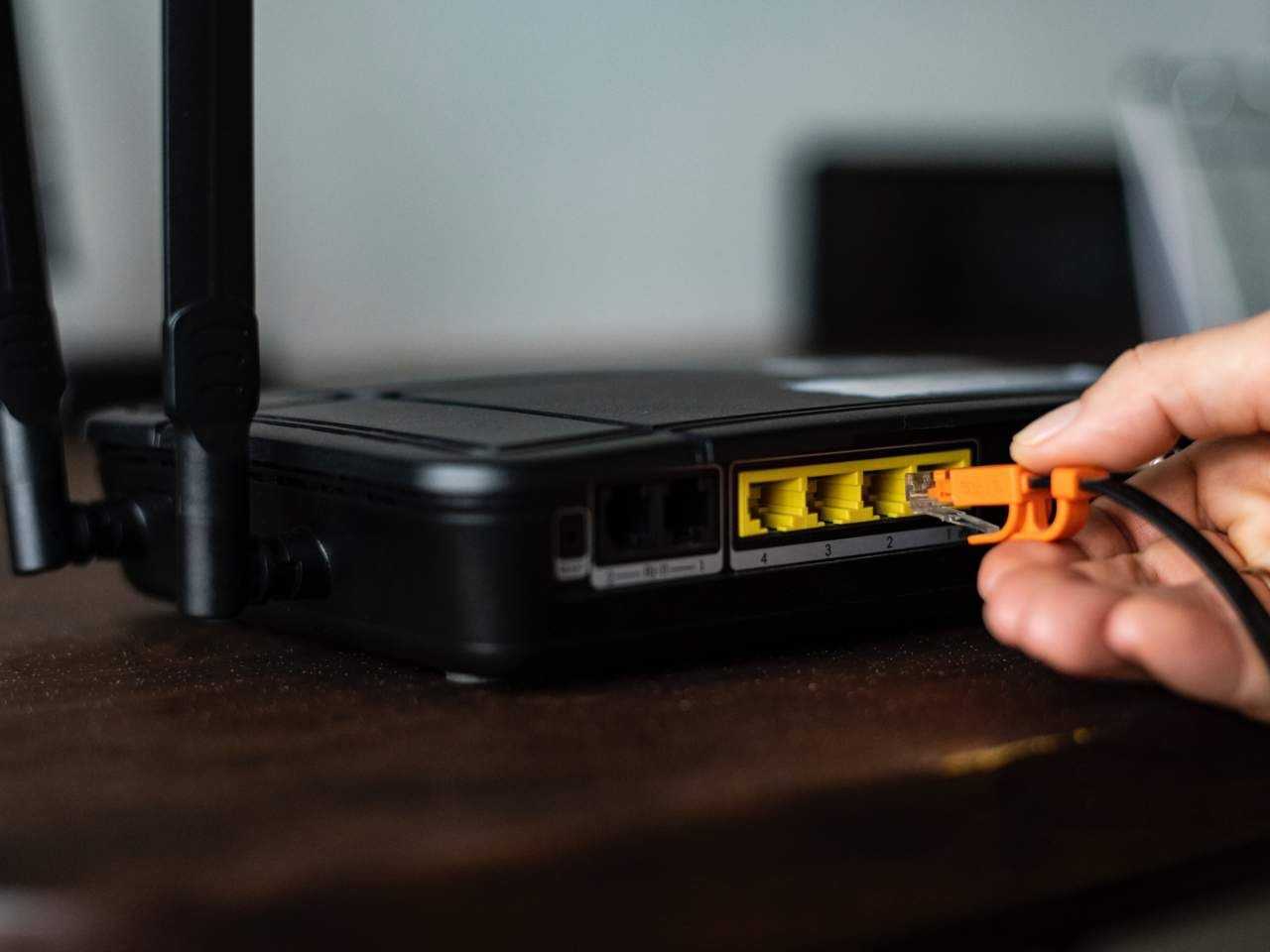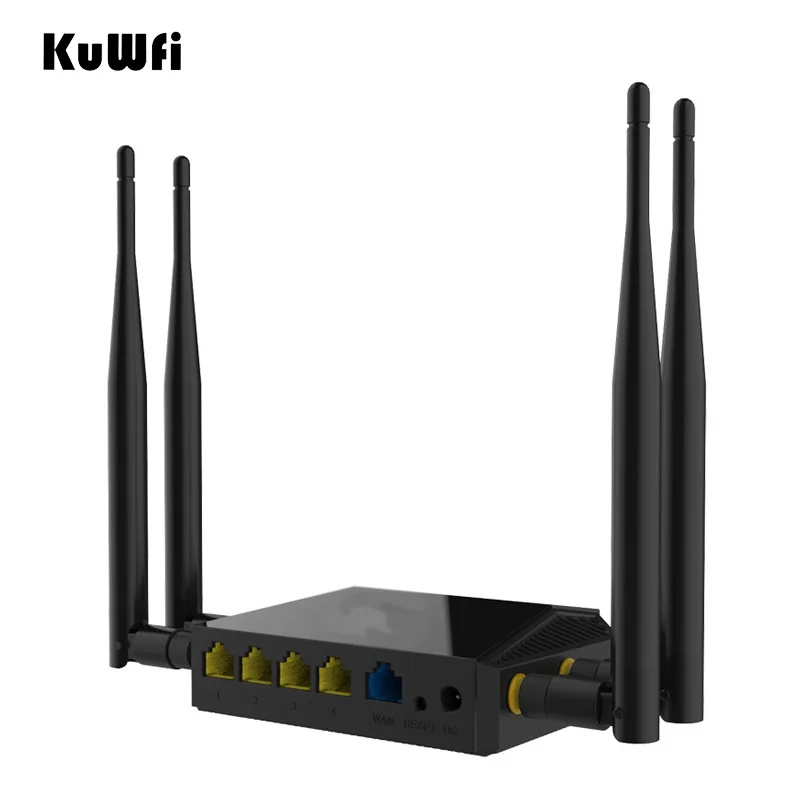

Most routers default to using the 2.4 band frequency because it’s more robust at dealing with the aforementioned blockages, like walls. Many routers are dual-band, meaning they can work at a 2.4 or 5 GHz frequency. Eliminating blockages can often boost the signal throughout the rest of the house.

Try running a slightly longer cable to your router so it can sit out in the open near the middle of the house. So if your router is in a cupboard or closet on the far side of the fridge, you might be seriously slowing your internet. Walls, especially ones with rebar or plumbing in them, and appliances like the refrigerator and microwave can impact wireless signals. It could be a simple fix for the slow speeds plaguing your network. The exact method will depend on the model number, but here are links to upgrade info from Asus, D-Link, Linksys, Netgear and Apple.

You can check for updates by signing into your router’s administrator interface and clicking “firmware upgrade” or by finding your router model number and following prompts. Routers have firmware that can be updated as manufacturers come up with better ways to make the thing work, and not all routers will update automatically.


 0 kommentar(er)
0 kommentar(er)
